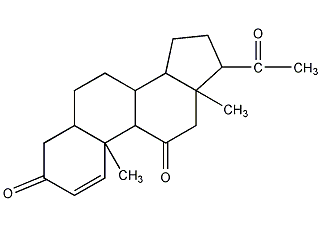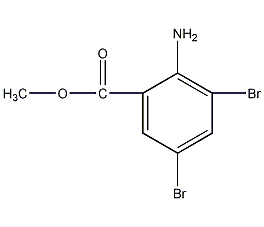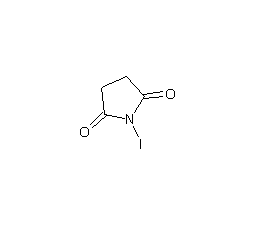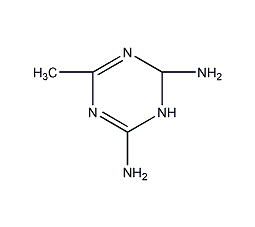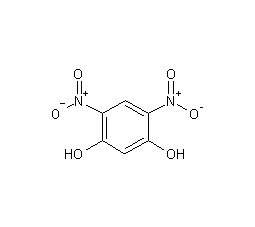Hexafluoro-1,2,3,4-tetrachlorobutane


Structural formula
| Business number | 04K3 |
|---|---|
| Molecular formula | C4Cl4F6 |
| Molecular weight | 303.85 |
| label |
1,2,3,4-Tetrachlorohexafluorobutane, 1,2,3,4-tetrachlorohexafluorobutane, aliphatic compounds |
Numbering system
CAS number:375-45-1
MDL number:None
EINECS number:None
RTECS number:None
BRN number:None
PubChem ID:None
Physical property data
一 , physical property data
Traits :Not available
Density (g/mL,25/4℃): Not available
Relative Vapor density (g/mL, air=1):Not available
Melting point (ºC): Not available
Boiling point (ºC, normal pressure): 134-135
Boiling point (ºC, 5.2kPa): Not available
Refraction Rate: Not available
Flash Point (ºC): Not available
Optical rotation (º): Not available
Spontaneous combustion Point or ignition temperature (ºC): Not available
Steam Pressure (kPa, 25ºC): Not available
saturated Vapor pressure (kPa, 60ºC): Not available
Burn Heat (KJ/mol):Not available
Critical Temperature (ºC): Not available
Critical Pressure (KPa): Not available
oil and water Log value of the (octanol/water) partition coefficient:Not available
Explosion Upper limit (%, V/V): Not available
Explosion Lower limit (%, V/V): Not available
Dissolve Properties: Not available
Toxicological data
Two ��Toxicological data:
Acute Toxicity:Not available .
Ecological data
Three , Ecological data:
1 , Other harmful effects: This substance may be harmful to the environment, and special treatment should be given to water bodies. Notice.
Molecular structure data
1. Molar refractive index: 40.82
2. Molar volume (m3/mol):172.9
3. isotonic specific volume (90.2K):382.4
4. Surface Tension (dyne/cm):23.9
5. Polarizability(10-24cm3): 16.18
Compute chemical data
1. Reference value for hydrophobic parameter calculation (XlogP): 4.8
2. Number of hydrogen bond donors: 0
3. Number of hydrogen bond acceptors: 6
4. Number of rotatable chemical bonds: 3
5. Number of tautomers: none
6. Topological molecule polar surface area 0
7. Number of heavy atoms: 14
8. Surface charge: 0
9. Complexity: 210
10. Number of isotope atoms: 0
11. Determine the number of atomic stereocenters: 0
12. Uncertain number of atomic stereocenters: 2
13. Determine the number of chemical bond stereocenters: 0
14. Number of uncertain chemical bond stereocenters: 0
15. Number of covalent bond units: 1
Properties and stability
None
Storage method
None
Synthesis method
None
Purpose
None
